 |
Greetings from West Lafayette
It’s an exciting time for the School of Electrical and Computer Engineering (ECE) at Purdue 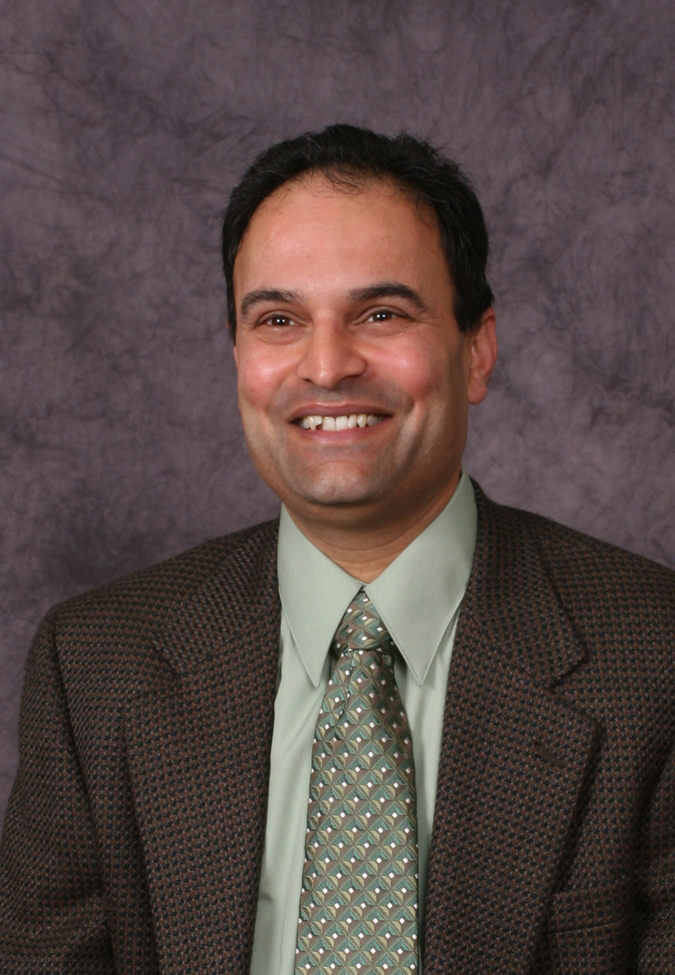 University. The School will observe its 125th anniversary in 2013 and we are fortunate to have much to share and celebrate. Wang Hall, a first of its kind mixed-used building at Purdue, will be constructed in 2013 and is slated to open in April 2014. State-of-the-art laboratories in the new Wang Hall will enhance already excellent ECE research. We are also pleased to be able to share the news of the College of Engineering's significant expansion, planned over the next five years. University. The School will observe its 125th anniversary in 2013 and we are fortunate to have much to share and celebrate. Wang Hall, a first of its kind mixed-used building at Purdue, will be constructed in 2013 and is slated to open in April 2014. State-of-the-art laboratories in the new Wang Hall will enhance already excellent ECE research. We are also pleased to be able to share the news of the College of Engineering's significant expansion, planned over the next five years.
Consistently ranked in the top-ten of all ECE programs nationwide, we are home to more than 80 faculty members, 900 undergraduate students, and 650 graduate students. Our faculty take great pride in preparing students for a dynamic and fast-paced work environment. Their significant research and academic accomplishments are a tribute to this commitment.
We invite you to explore this inaugural edition of the ECE electronic newsletter. We welcome your feedback and look forward to hearing from you!
Happy Holidays!
Sincerely,
V. Ragu Balakrishnan
Michael and Katherine Birck Head
Professor of Electrical and Computer Engineering
|
Outstanding alumni recognized at yearly event
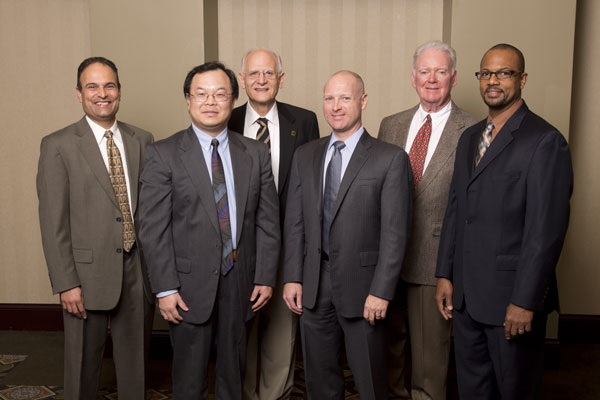 On November 2, 2012, the School of Electrical and Computer Engineering (ECE) welcomed outstanding ECE alumni and their families to campus to celebrate their achievements. Seven alumni were recognized at this year’s 20th annual Outstanding Electrical and Computer Engineering Awards Banquet. Over the past twenty years, 208 alumni have received this honor. On November 2, 2012, the School of Electrical and Computer Engineering (ECE) welcomed outstanding ECE alumni and their families to campus to celebrate their achievements. Seven alumni were recognized at this year’s 20th annual Outstanding Electrical and Computer Engineering Awards Banquet. Over the past twenty years, 208 alumni have received this honor.
|
College of Engineering announces strategic, five-year growth plan
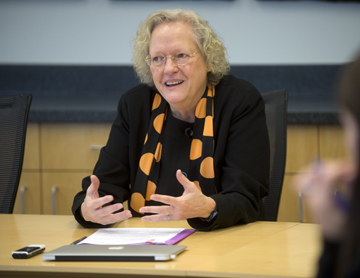 The College of Engineering is embarking on a plan to strategically increase its enrollment and its number of faculty and staff during the next five years -- an initiative expected to boost the University's profile and enhance the value of a Purdue degree. The College of Engineering is embarking on a plan to strategically increase its enrollment and its number of faculty and staff during the next five years -- an initiative expected to boost the University's profile and enhance the value of a Purdue degree.
Leah Jamieson, the John A. Edwardson Dean of Engineering, says the initiative is in line with the growth the college has experienced in the previous five years. During that time, undergraduate enrollment has increased by 17 percent, graduate enrollment has increased by 28 percent and annual research expenditures have increased by 79 percent.
Investing in the College of Engineering will boost its reputation and, by extension, the University's. In turn, that will increase the value of all Purdue degrees, Jamieson says.
"Looking forward, this unprecedented growth will help us better position our already stellar graduates for post-college success, and it will help boost the University's already considerable reputation on the national and global stages," Jamieson says.
"Growing engineering contributes to the economic development of the state and the nation. Engineering jobs pay well, and unemployment in engineering is lower than the average for other disciplines. In addition, engineering will play an important role in addressing global grand challenges ranging from energy and the environment to security and health care."
|
Ragu Balakrishnan named first Michael and Katherine Birck Head of ECE
The Purdue University Board of Trustees ratified a named leadership position for the School of Electrical and Computer Engineering (ECE) on October 12, 2012. Ragu Balakrishnan, head of ECE since 2009, was confirmed as the first Michael and Katherine Birck Head of Electrical and Computer Engineering.
Michael Birck graduated from Purdue University in 1960 with a bachelor's degree in electrical engineering. He earned a master's degree in electrical engineering from New York University in 1962 and an honorary doctorate of engineering degree from Purdue in 1995. From 1975 to 2000, he served as president and chief executive officer of Tellabs, Inc., becoming chairman in 2000, and CEO again from 2002 to 2004. He currently serves as executive chairman.
Katherine Birck retired as the head of nursing at Women's Healthcare of Hinsdale (Illinois) in 2006. She spent over 40 years as a nurse and is passionate about patient-centered care. She entered nursing after graduating from St. Anthony's Nursing School, now part of Indiana State University.
Mike and Kay have been exemplary in their leadership and service to Purdue and ECE.
|
ECE to add another endowed professorship
Dr. Edward G. Tiedemann, Jr. has endowed the newest named professorship in the School of Electrical and Computer Engineering. Dr. Tiedemann participated in Purdue's Faculty Excellence Challenge Match, in which all gifts for named professorships were matched dollar-for-dollar by the university. The Edward G. Tiedemann, Jr. Professorship in Electrical and Computer Engineering was one of thirteen named professorships resulting from the match program.
Dr. Tiedemann received a bachelor's degree in electrical engineering from Virginia Polytechnic Institute and State University in 1975, a master's degree in electrical engineering from Purdue University in 1977, and a Ph.D. in electrical engineering and computer science from the Massachusetts Institute of Technology (MIT) in 1987. He worked as a staff member at MIT Lincoln Laboratory from 1977 to 1988. He then held various positions at Qualcomm, Inc. from 1988 to 1998. He became senior vice president of engineering at Qualcomm in 1998, a position in which he currently serves. In 2007, Dr. Tiedemann added Qualcomm Fellow to his title.
|
Scotch tape finds new use as grasping 'smart material'
WEST LAFAYETTE, Ind. – Scotch tape, a versatile household staple and a mainstay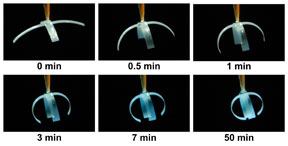
of holiday gift-wrapping, may have a new scientific application as a shape-changing "smart material."
Researchers used a laser to form slender half-centimeter-long fingers out of the tape. When exposed to water, the four wispy fingers morph into a tiny robotic claw that captures water droplets.
The innovation could be used to collect water samples for environmental testing, said Babak Ziaie, a Purdue University professor of electrical and computer engineering and biomedical engineering.
|
ECE professors writing software for robotic pruning of grapes, apples
WEST LAFAYETTE, Ind. – Purdue University researchers received $6 million in grants to automate one of the most laborious and costly jobs in vineyards and apple orchards.
Each year, fruit growers spend about 20 percent of their labor costs on pruning vines and trees. Peter Hirst, an associate professor of horticulture, is leading a program to develop and improve machines that use cameras and robotic arms to do the work.
"Many horticulture crops are labor-intensive," Hirst said. "Labor is expensive, and we need to be able to compete on a global scale. Many growers rely on immigrant labor for pruning, but the future availability of this labor is uncertain. Therefore growers are looking for more certain and cost-effective ways to perform tasks such as pruning."
Hirst received a $3 million grant from the U.S. Department of Agriculture's Specialty Crops Research Initiative, with another $3 million in matching funds from industry partners and institutional funds.
|
ECE professors participate in international effort to create robots that could respond to disasters
WEST LAFAYETTE, Ind. – Purdue University is participating in an international effort led by Drexel University to create robots that could respond to disasters, including those involving 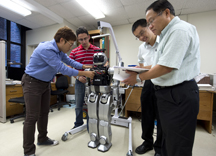 radioactive or bio-contamination hazards. radioactive or bio-contamination hazards.
The research is funded by the U.S. Defense Advanced Research Projects Agency (DARPA). The agency on Wednesday (Oct. 24) announced the DARPA Robotics Challenge to design the advanced humanoid robots.
"The idea is to develop robots capable of driving a vehicle, going to the disaster site, walking on various terrains, climbing up a ladder, opening doors, closing valves, using power tools and so on," said C.S. George Lee, a professor of electrical and computer engineering who is leading the Purdue portion of the research. "Each of the partners has a different role, and ours is to develop algorithms for the robot to climb an industrial ladder and traverse an industrial walkway."
|
New interactive system detects touch and gestures on any surface

WEST LAFAYETTE, Ind. – People can let their fingers - and hands - do the talking with a new touch-activated system that projects onto walls and other surfaces and allows users to interact with their environment and each other.
The system identifies the fingers of a person's hand while touching any plain surface. It also recognizes hand posture and gestures, revealing individual users by their unique traits.
"Imagine having giant iPads everywhere, on any wall in your house or office, every kitchen counter, without using expensive technology," said Niklas Elmqvist, an assistant professor of electrical and computer engineering at Purdue University. "You can use any surface, even a dumb physical surface like wood. You don't need to install expensive LED displays and touch-sensitive screens."
Purdue University
School of Electrical and Computer Engineering
465 Northwestern Avenue
West Lafayette, Indiana 47907
(765) 4943540
|
|
|